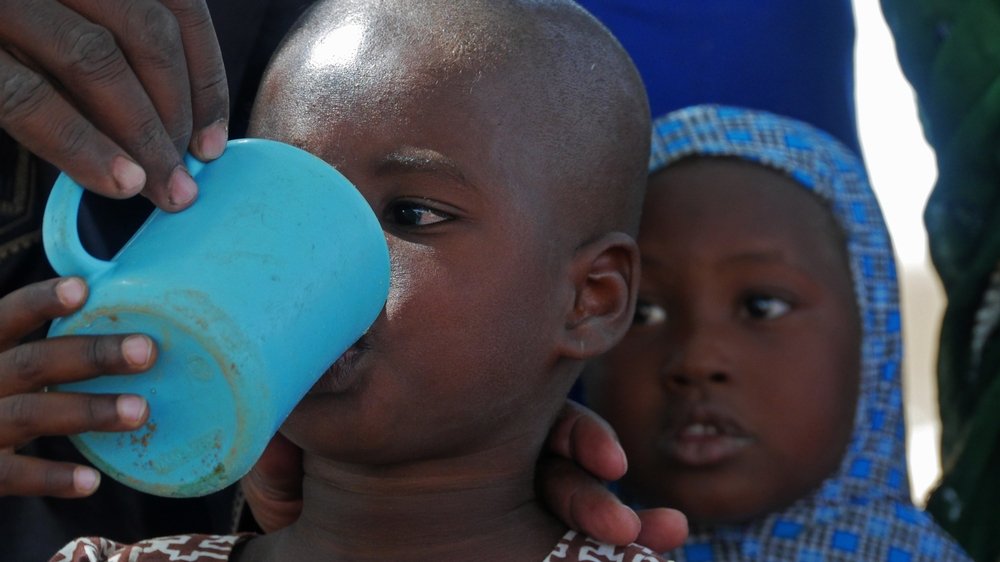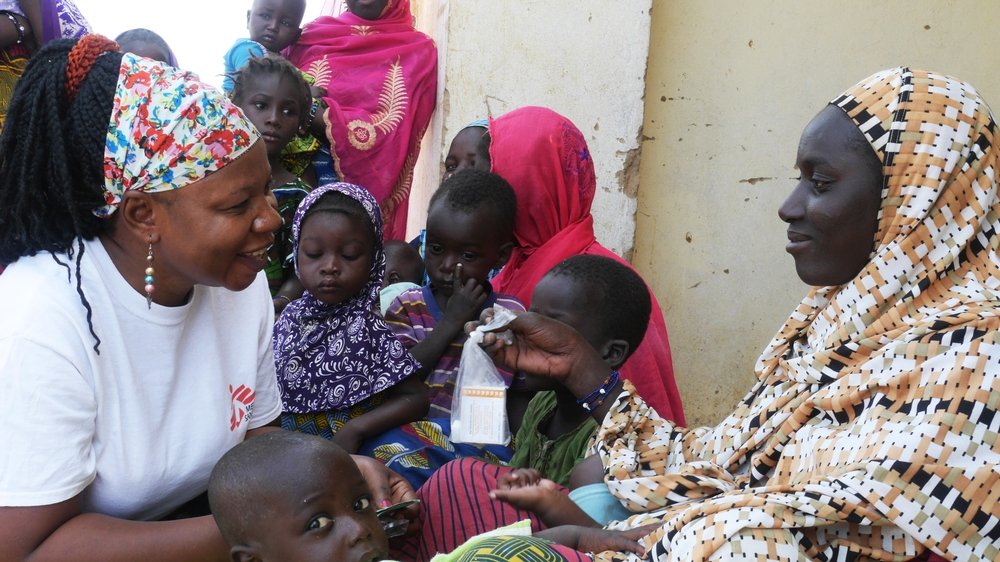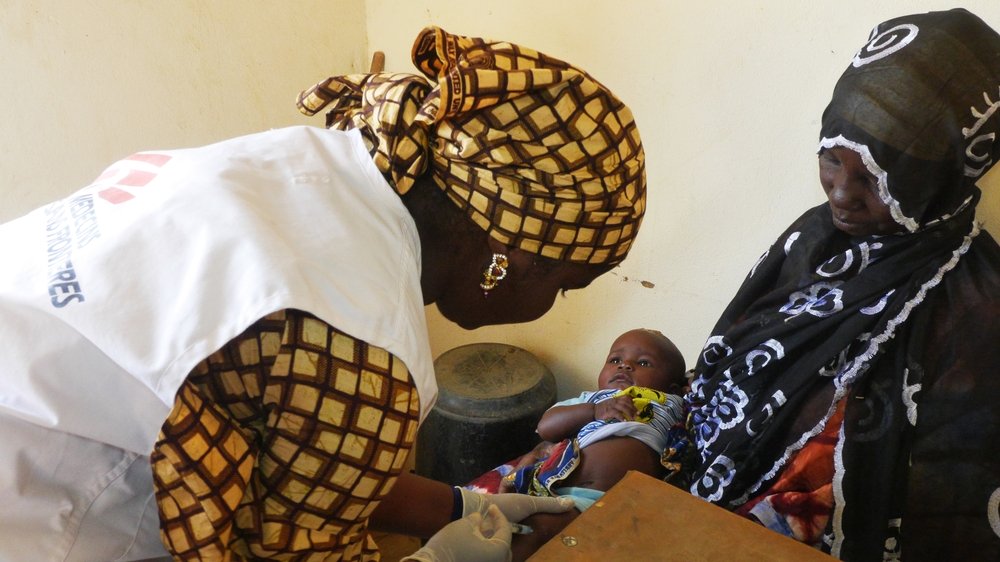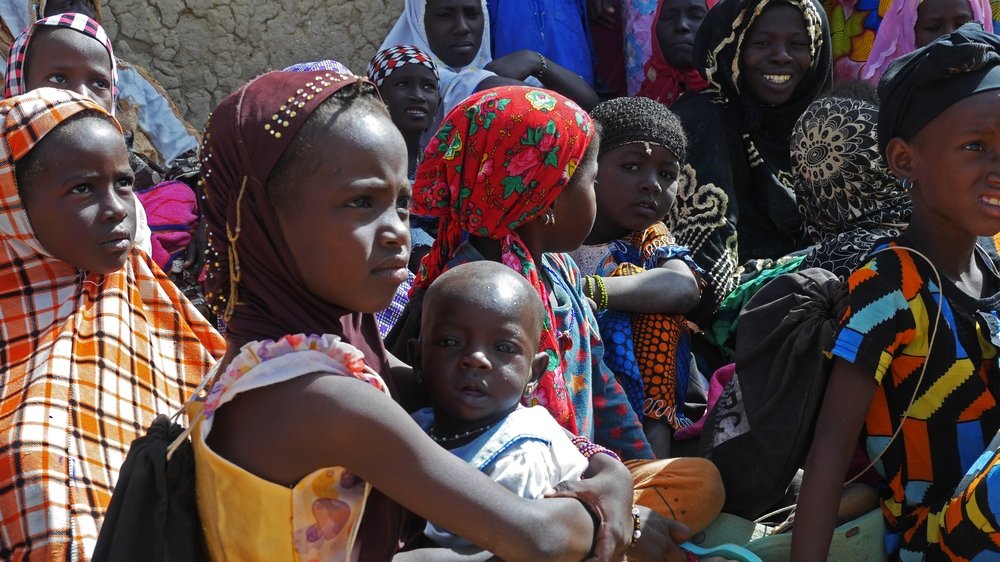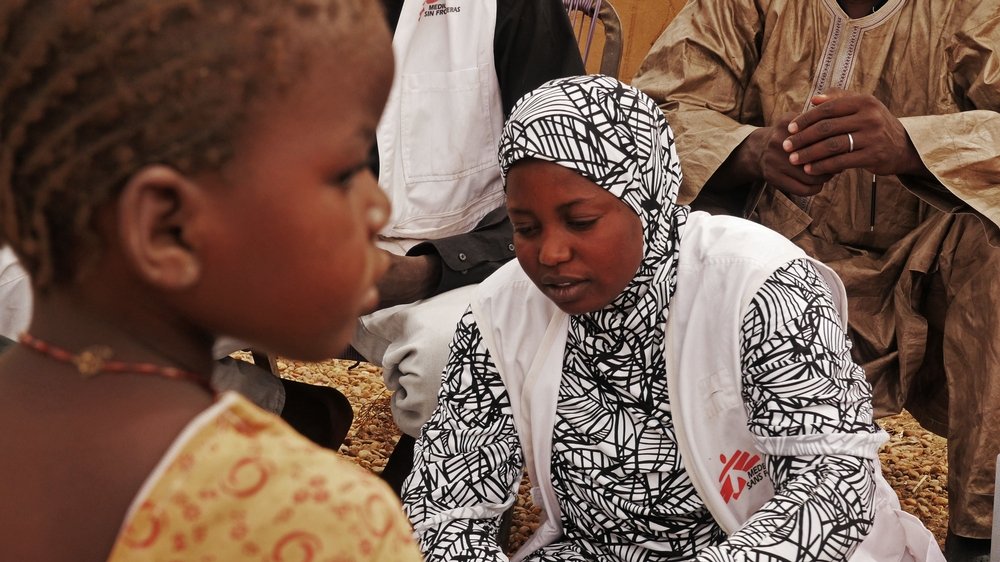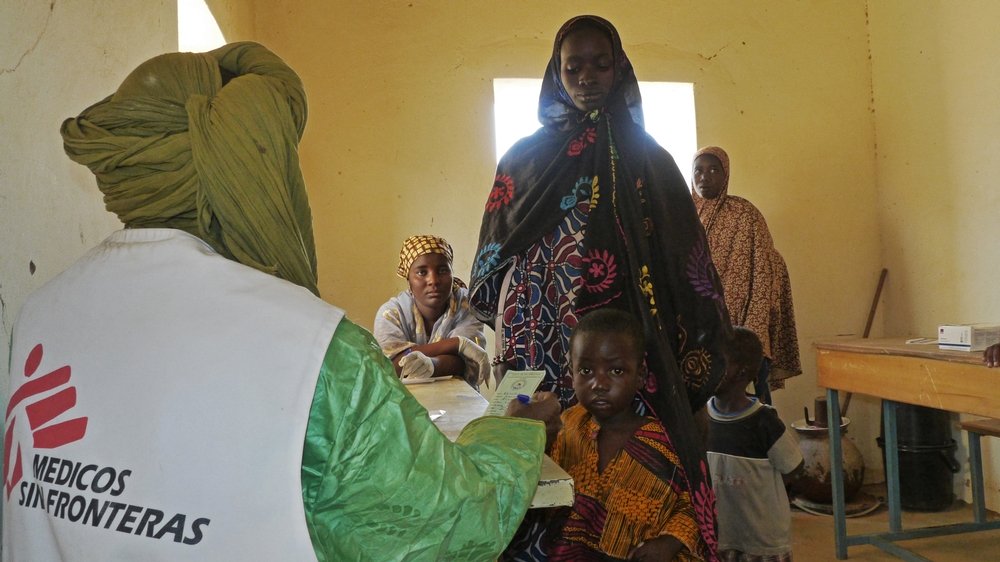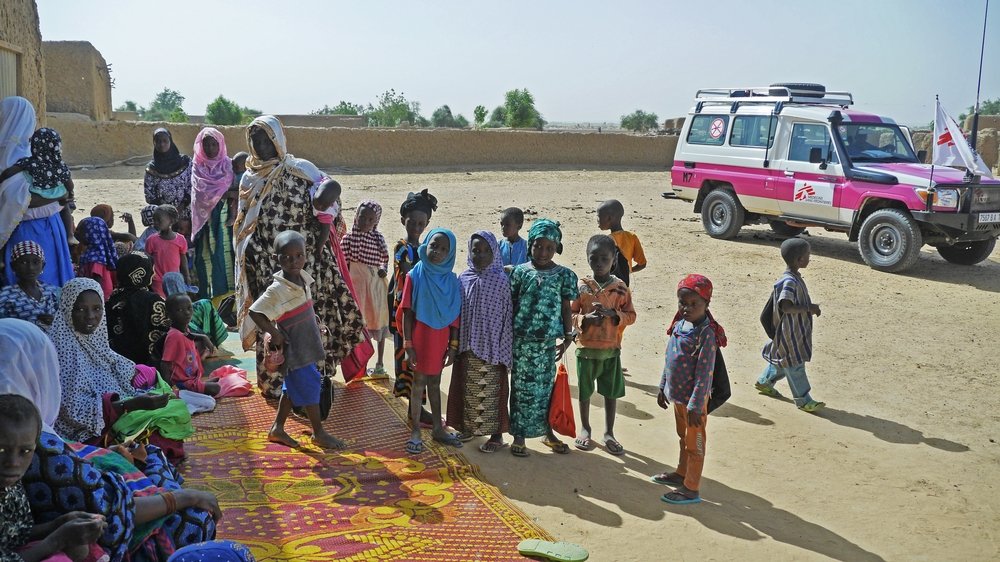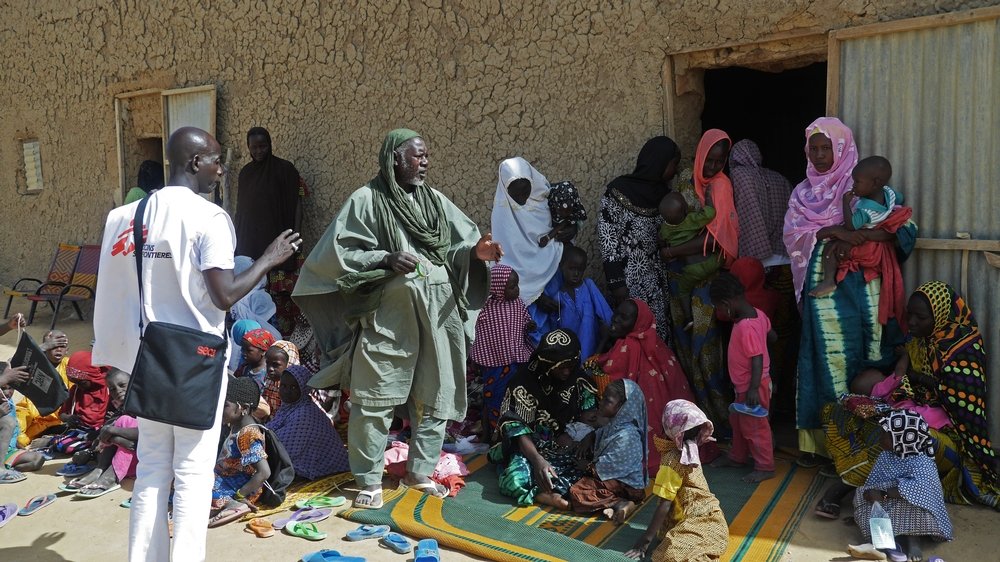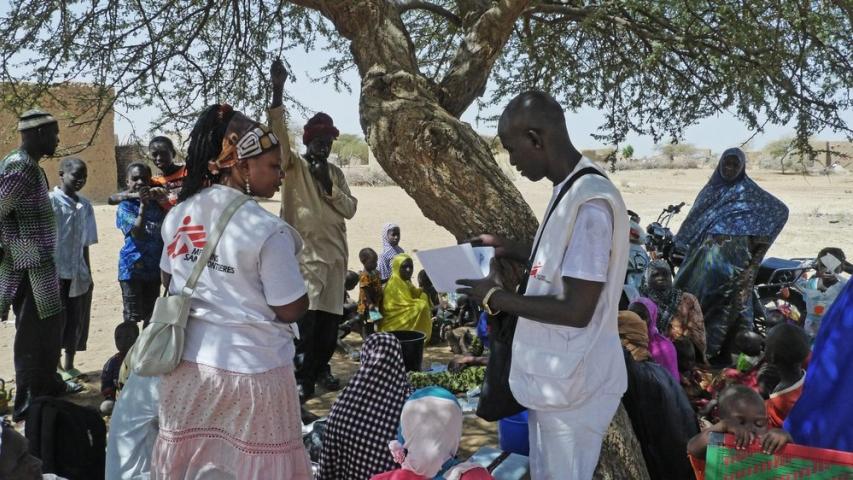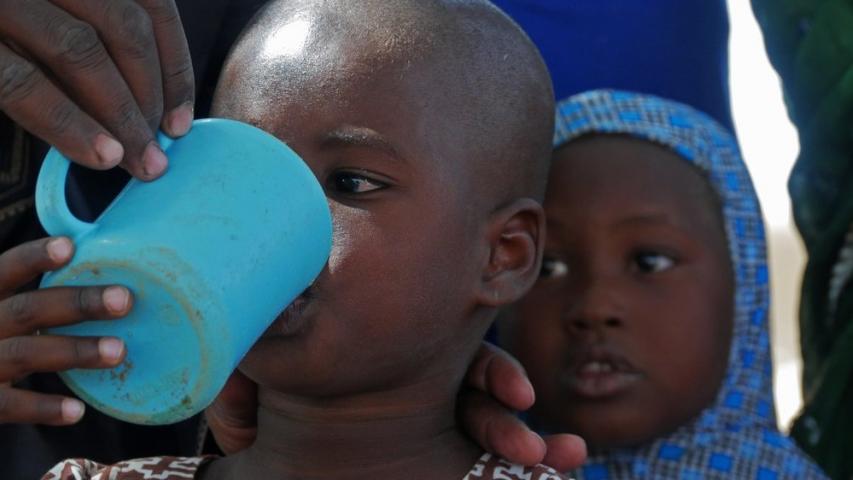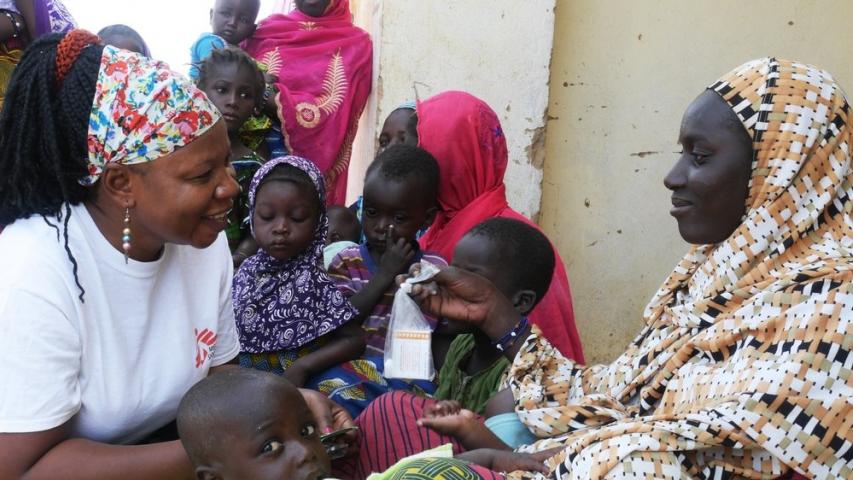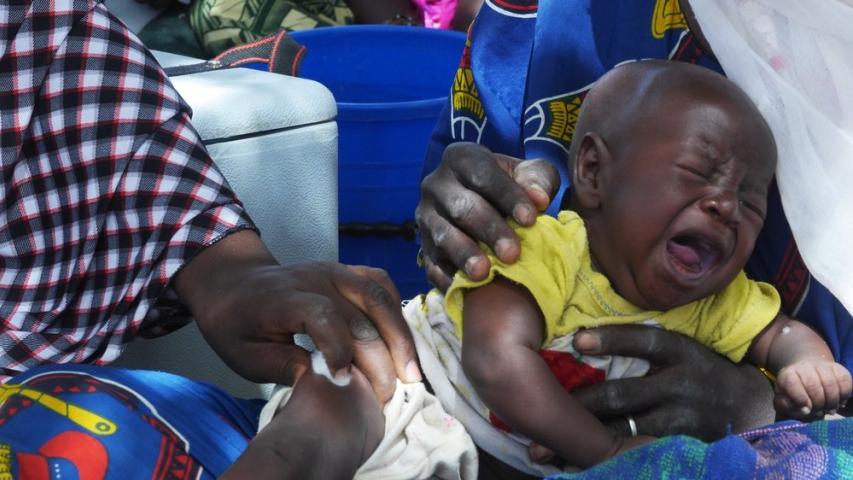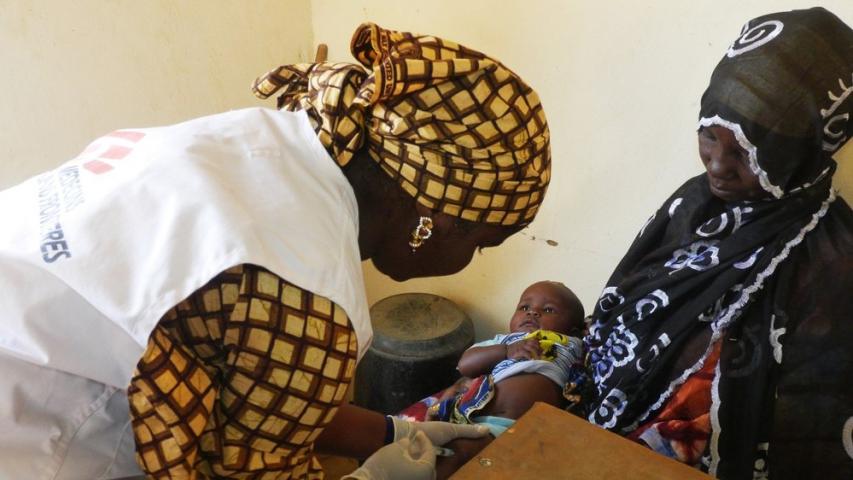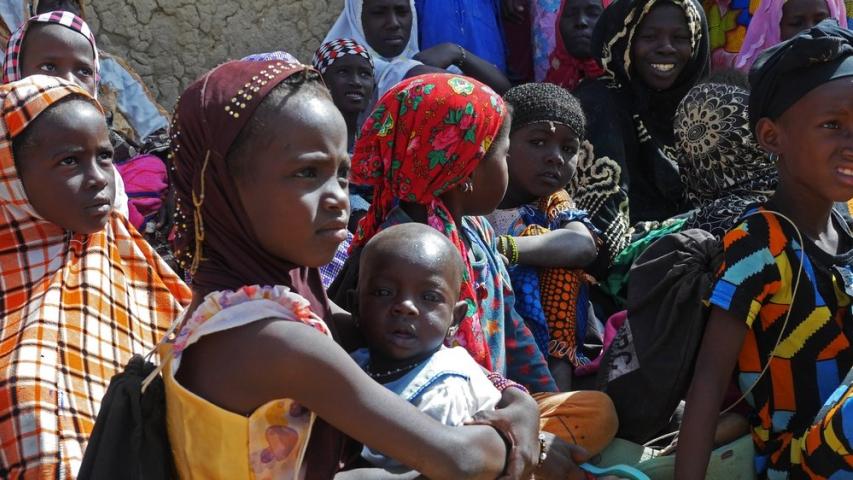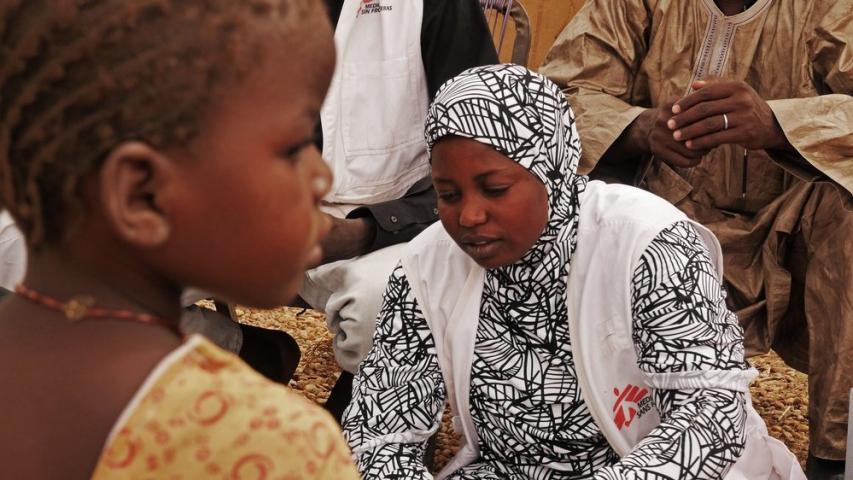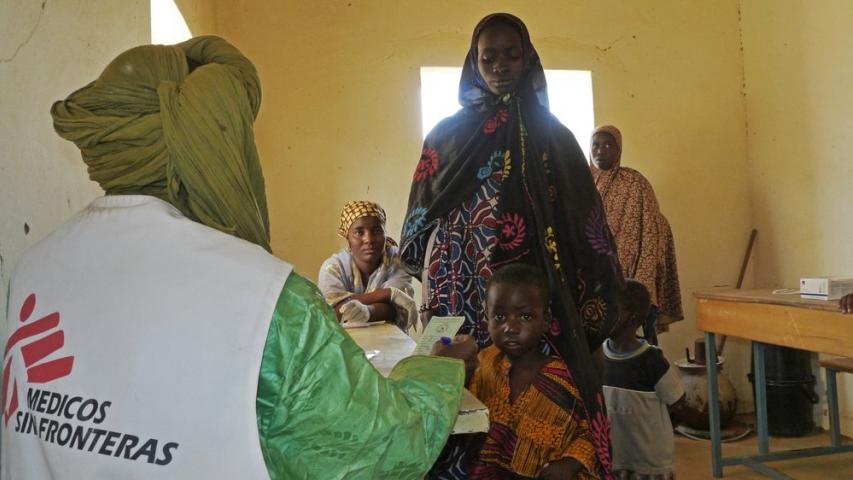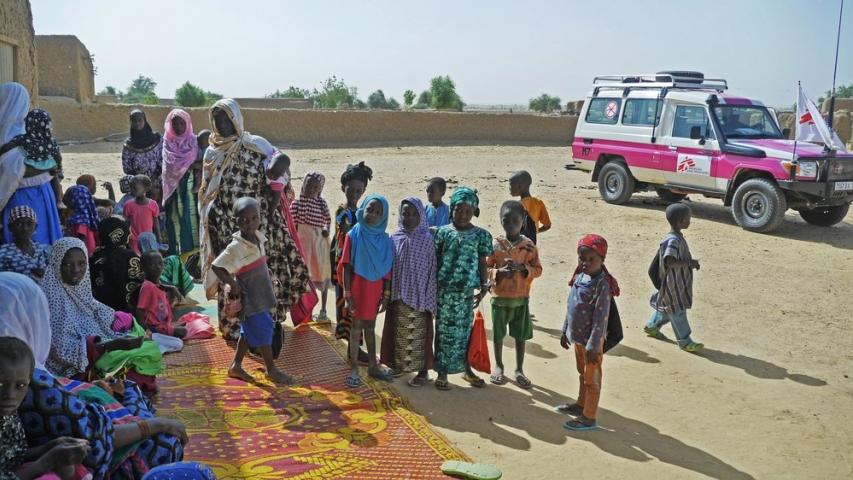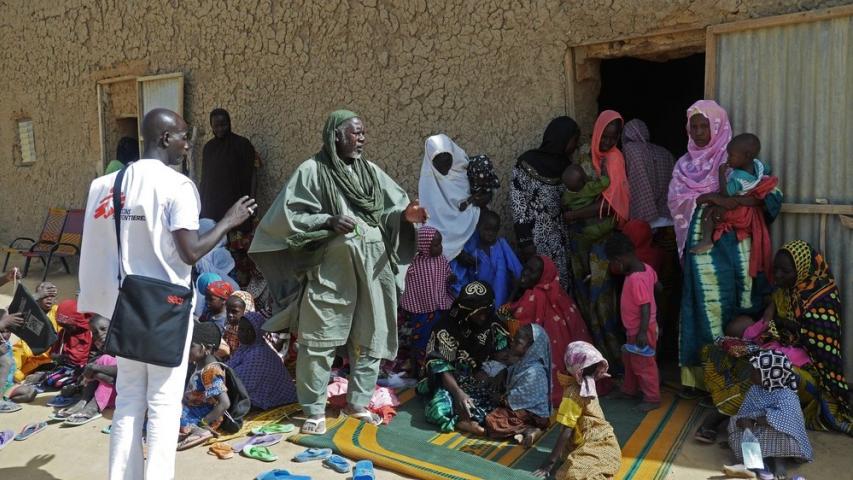A recent survey by Doctors Without Borders (MSF) shows that the national program’s vaccination coverage for all antigens has increased by at least 50 percent in children under five years of age in the district of Ansongo, in the northern Mali’s Gao region.
This improvement has been achieved thanks to the implementation last year of a strategy combining seasonal malaria chemoprevention, rapid nutritional assessment, and vaccination.
From August to November 2015, MSF and the Malian Ministry of Health (MoH) launched a chemoprevention campaign against seasonal malaria, the leading cause of infant mortality in the country, which reached more than 45,000 children between three months and five years of age.
This strategy—recommended by the World Health Organisation for Africa’s Sahel region since 2012—consists of giving antimalarial treatment once a month to maintain a sufficient therapeutic concentration of the drug in the blood and prevent the disease during the period of greatest risk of transmission. The campaign in Ansongo was unique in that it was also used to complete the vaccination card of children under 11 months old and to vaccinate those children who had never before been vaccinated.
A New Approach
The vaccination records of all children under five years were checked and completed during the four rounds of chemoprevention, using all the vaccines included in the national calendar of Mali: BCG (tuberculosis), OPV (polio), pentavalent (diphtheria, pertussis, tetanus, influenza type B, and hepatitis B), pneumonia, rotavirus, measles, and yellow fever. A survey conducted in early 2016 showed that coverage of each antigen had increased by at least 50 percent, a very significant increase given the low vaccination rates in Mali.
According to a national survey conducted in 2012–13, only 39 percent of children between 12 and 23 months old had been fully vaccinated. The situation is even worse in the north of the country. The crisis that erupted in 2012, when several armed groups took control of the area, seriously affected the health system, depriving most of the population of basic health care, including routine vaccination for children.
"In an unstable context like Ansongo, with population movements and access difficulties due to the long distances to health centers and the insecurity, it is very important to have the opportunity to give children in one go everything that can save their life," said José Bafoa, MSF medical coordinator in Mali. Part of the population in Ansongo is nomadic and moves with their livestock. The vaccination and prevention of malaria campaign also reached their camps.
Mobilising Communities
Mobilising the community was one of the factors that enabled the success of this strategy. Alimatou Abdoul Karim has three children and lives in the village of Monzonga, where he works explaining health issues to his neighbours. "The village is located next to the river, so during the rainy season there are many cases of malaria among children under five years," he explains. "But these last few years when they have been taking medication, there has been no malaria in children's homes. Together with the chemoprevention they have been vaccinated with many antigens, such as rotavirus that can prevent diarrhoea."
Although Mali introduced the new rotavirus vaccine in its immunization schedule, it had not yet reached the district of Ansongo. In the campaign last year, it was the first time that children could be vaccinated against this virus, the most common cause of diarrheal diseases in children under two years of age.
"The strategy has been a success, especially considering our access difficulties in nearly all the district due to the insecurity," said Cristian Casademont, MSF health advisor for West Africa. “This experience will enable us to replicate this way of working in other countries and unstable contexts where MSF works."
MSF has been working in Ansongo since 2012, supporting the district hospital and several health centers in the area.

